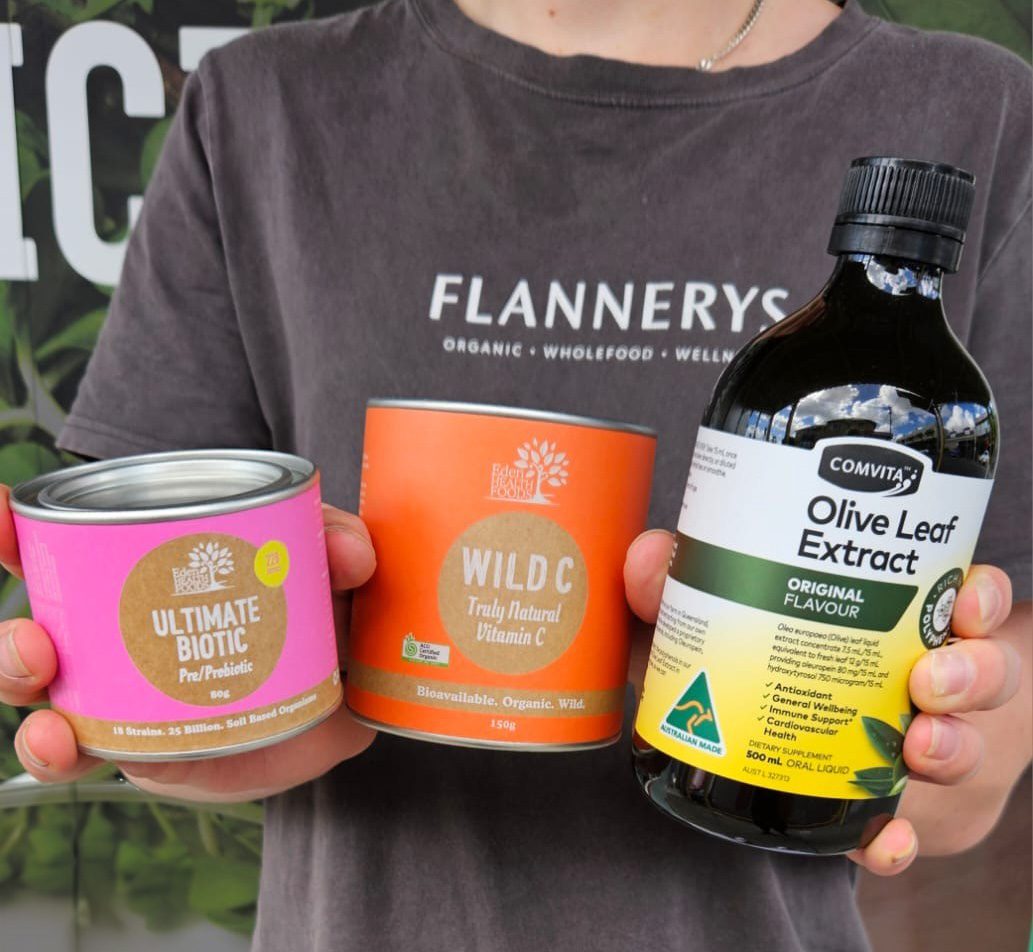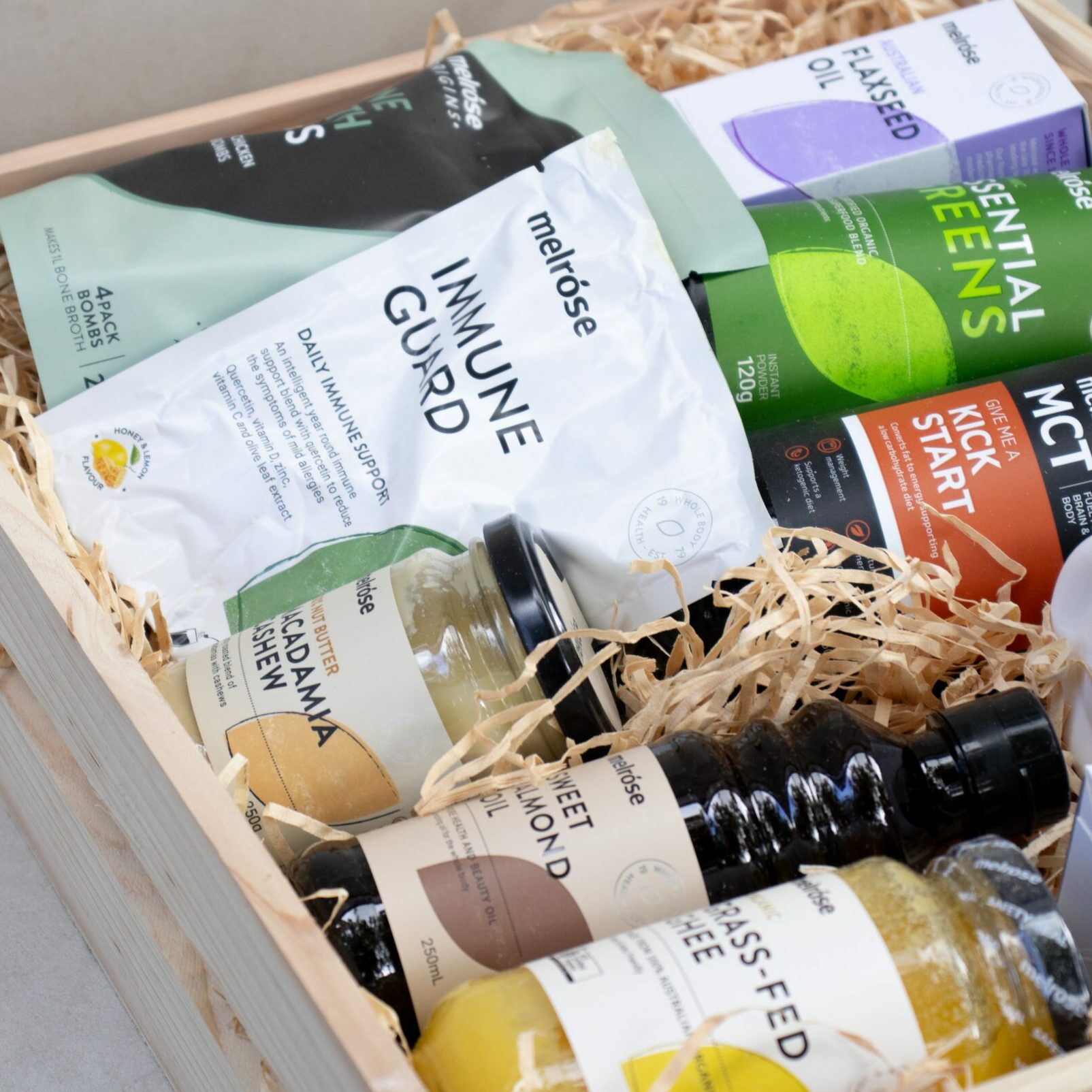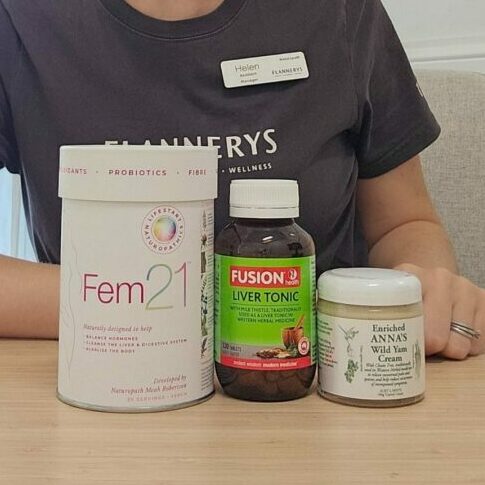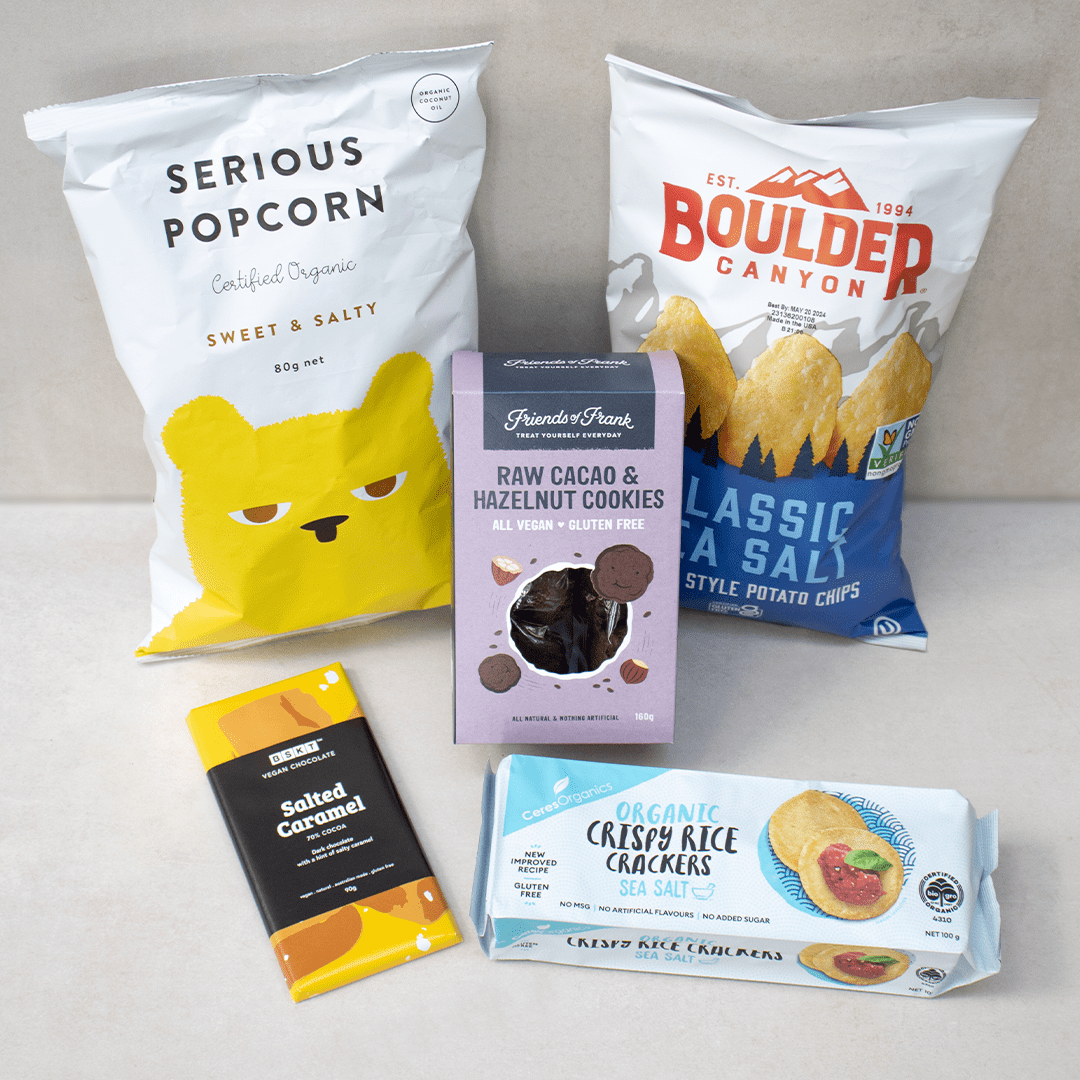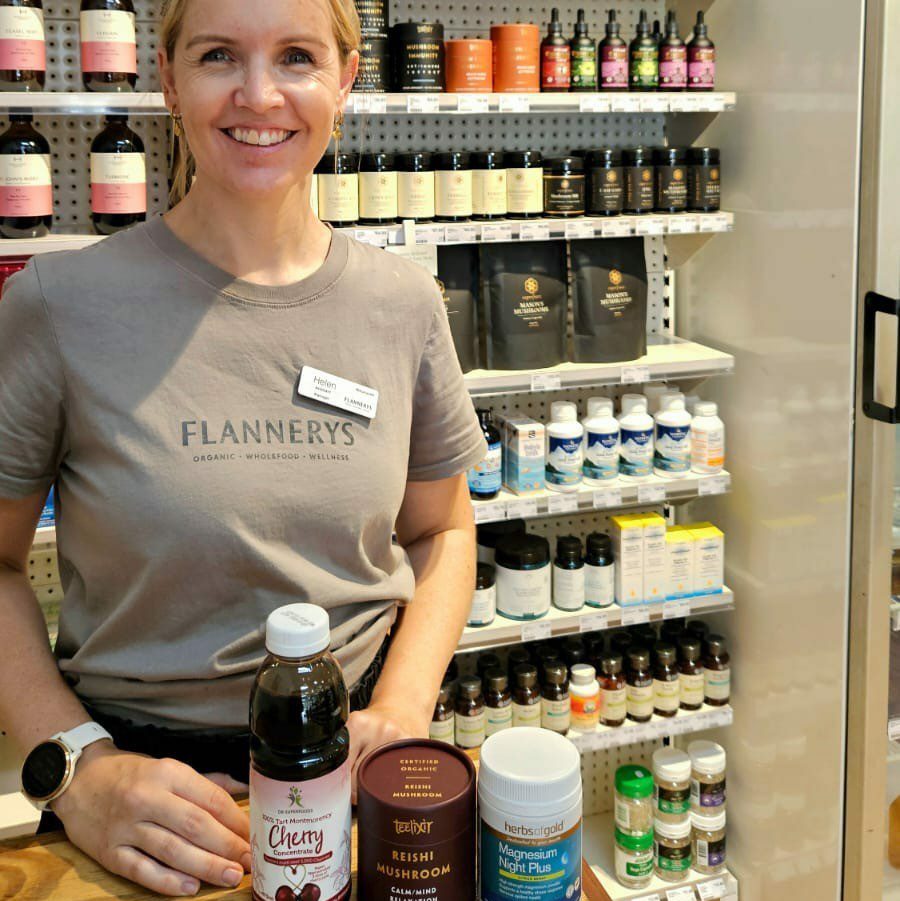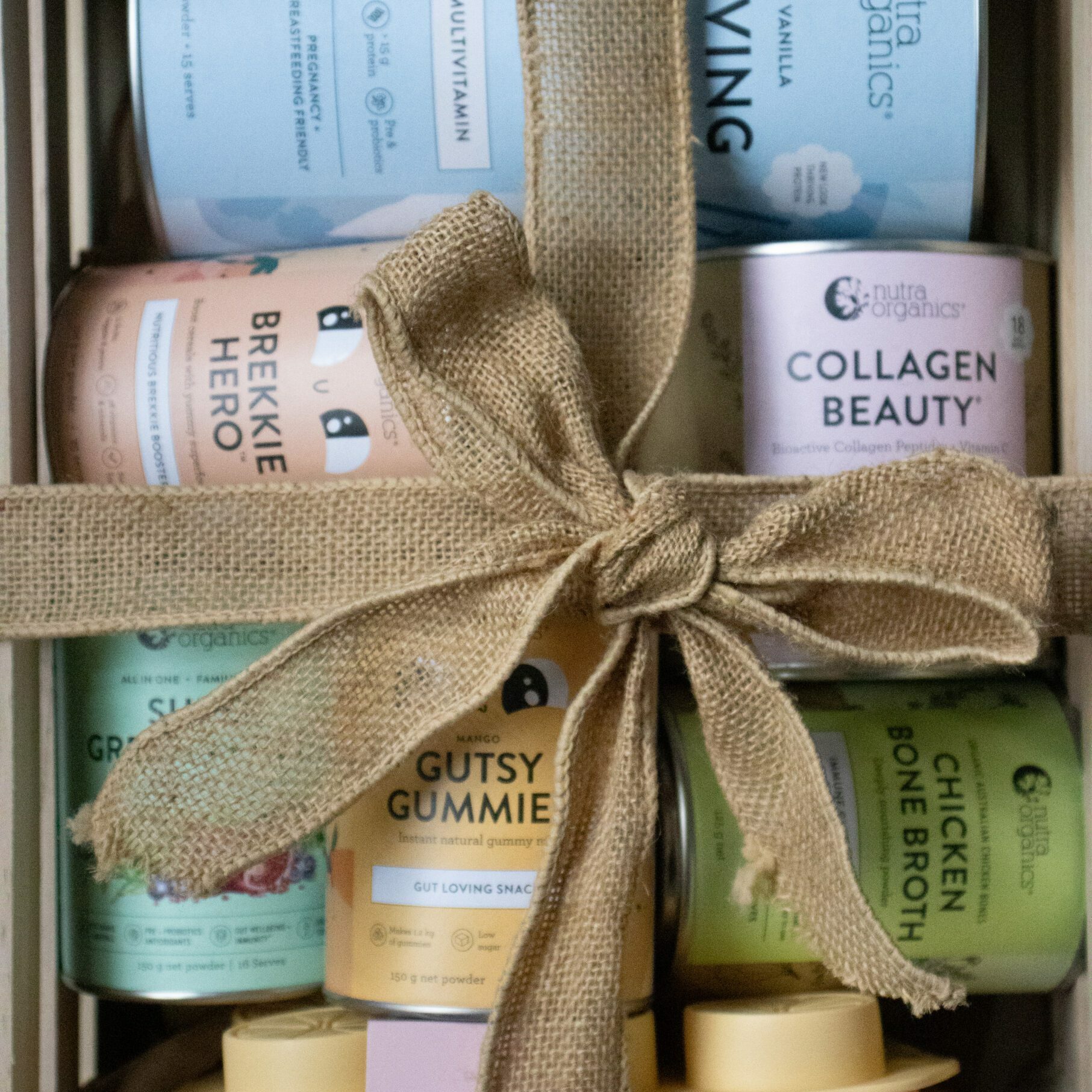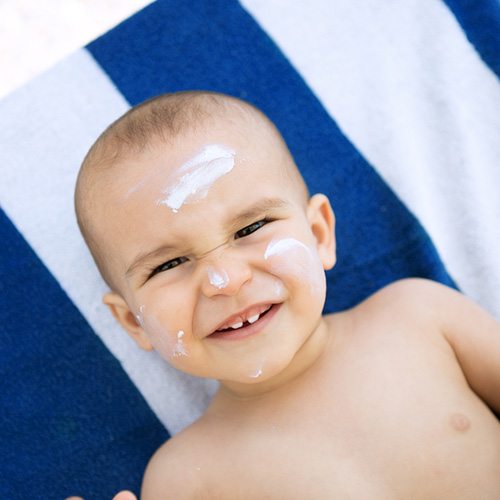
30.10.2017
Choosing the Right Sunscreen for You
We all want to protect our skin from the sun’s harmful UV rays including burning, premature aging and cell damage, but unfortunately some sunscreens contain harsh chemicals that may be messing with our hormones and bleaching coral. Just as you don’t want harsh chemicals in your food, rubbing them on your skin that absorbs into the body seems counter-intuitive.
So we’ve come up with a guide to help you choose the right sunscreen if you have sensitive skin, fair skin or are buying for children’s delicate skin, with a handy breakdown of common information you’ll find on sunscreen labels…
UVA and UVB
Sunlight contains different types of ultraviolet (UV) radiation. The earth’s ozone layer absorbs some UV radiation; however, over-exposure to UV rays that aren’t completely absorbed by the ozone layer can be harmful, including sunburn, freckles and cancerous skin cells. These UV rays include:
Ultraviolet A (UVA):
- Long-wave
- Not absorbed by the ozone layer
- Penetrates deeper into skin cells
Ultraviolet B (UVB):
- Medium-wave
- Partly absorbed by the ozone layer
- Enters top layers of skin
- In small amounts, it helps us make vitamin D that builds and maintains strong bones
SPF = sun protection factor
Sunscreen works by protecting our skin UV radiation damage. SPF is a measure of how much time your skin will be protected from burning than if you hadn’t applied sunscreen. For example, if your skin usually burns after 10 minutes, a sunscreen with SPF 15 should theoretically protect your skin from burning 10 x 15 = 150 minutes. They are also an indication of how much UV radiation they filter, for example:
- SPF 15: 93%
- SPF 30: 96.7%
- SPF 50: 98%
Broad-Spectrum
Means that sunscreen offers protection against both UVA and UVB rays.
Water-Resistant
Good for when you’re swimming or bathing because the sunscreen will generally bind better to skin. Unfortunately water-resistant doesn’t mean water proof, meaning re-applying sunscreen after swimming is essential.
Carbon-Based Chemicals
Unfortunately these carbon-based chemicals are commonly found in sunscreens; but you won’t find them in the sunscreens in our stores. We support mineral-based sunscreens that are better for you and the ocean.
- Oxybenzone: used to absorb UV rays, has been found in urine of over 96% people after using sunscreens, can lead to allergic reactions, linked to endocrine disuption and contributes to coral bleaching.
- Butylparaben: used for its antimicrobial effects, may be one of the strongest endocrine disruptors including decreased sperm production, contributes to coral bleaching
- Octinoxate: used to absorb UV rays, may be an endocrine disruptor and contributes to coral bleaching
- 4MBC: used to absorb UV rays, may be an endocrine disruptor, links to thyroid abnormalities and contributes to coral bleaching
- Octocrylene: often used as a moisturiser in sunscreen, links to free radicals production, endocrine disruptor and contributes to coral bleaching
Don’t forget! Check the use by date before buying sunscreen.
For those with sensitive or fair skin, or are buying for children, here are some recommendations to choose the best sunscreen:
Sensitive skin
- Look out for sunscreens that are mineral-based, with zinc oxide as the active ingredient.
- Avoid harsh chemicals, such as oxybenzone, and opt for sunscreens that state they’re suitable for sensitive skin, such as Little Urchin Natural Sunscreen SPF 30.
- Sunscreens with nourishing ingredients, such as aloe vera and jojoba oil, may help soothe and hydrate sensitive skin
Fair skin
- Opt a sunscreen with a high sun protection factor (SPF), such as MooGoo Natural Sunscreen SPF 40.
- Pigmentation can occur from UVA rays penetrating deeply in the skin’s layers, so pick a broad spectrum sunscreen that protects you from both UVA and UVB.
- Ensure it’s water resistant if you’re swimming and don’t forget to reapply!
Kids and Babies
- Choose a gentle sunscreen suitable for babies with SPF of 15 or above, such as Wotnot 30 SPF Natural Sunscreen. Gentle sunscreens will typically state if they’re suitable for babies and children.
- Sunscreens that are easy to apply, such as lotions and roll ons, are good for kids 3+ years to apply themselves (under supervision).
- Spray sunscreens aren’t recommended as they can easily miss covering the skin, as well as polluting the environment.
- Mineral-based sunscreens may be more gentle and suitable for babies
Share this post with your friends

